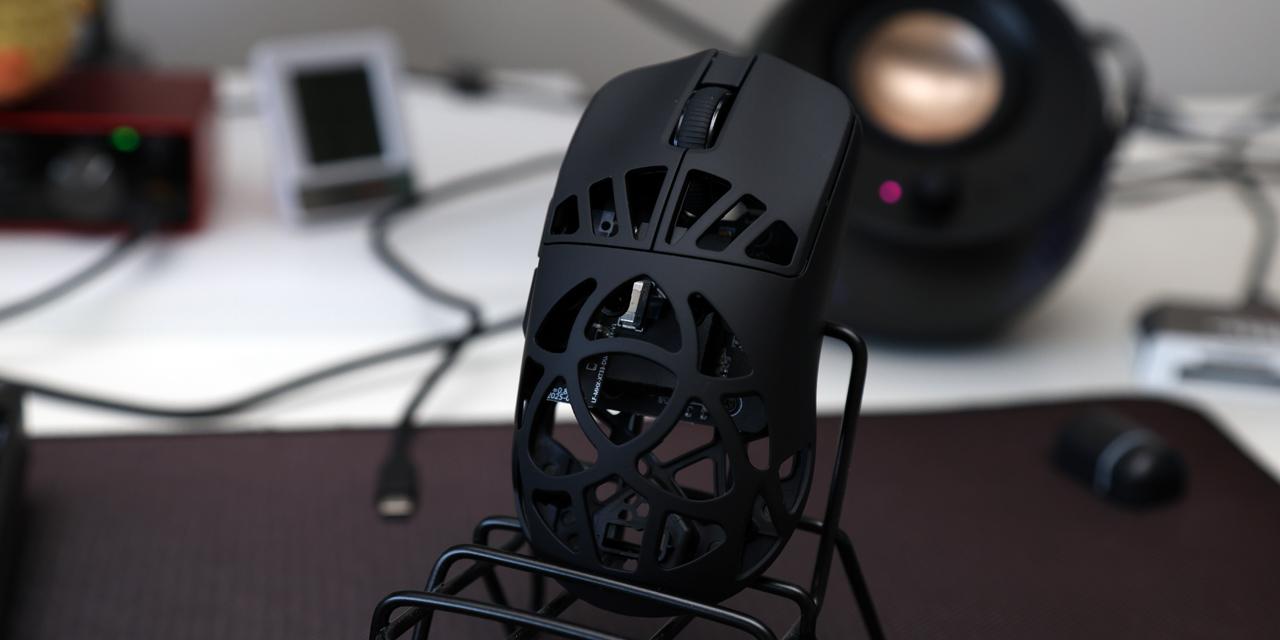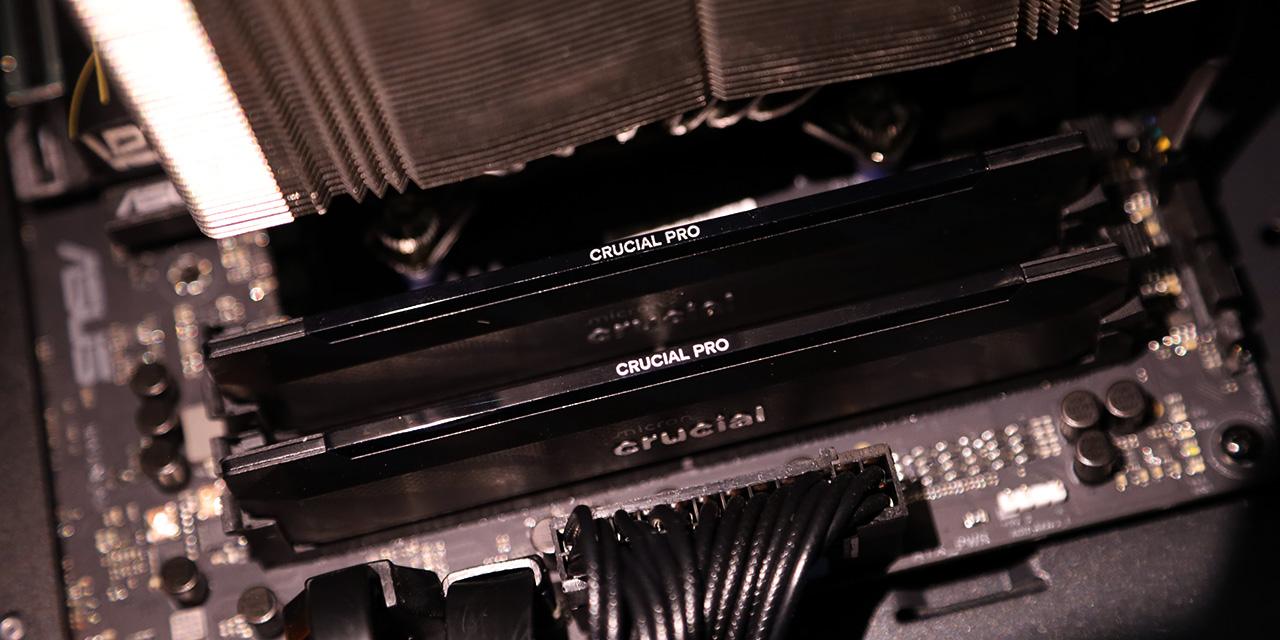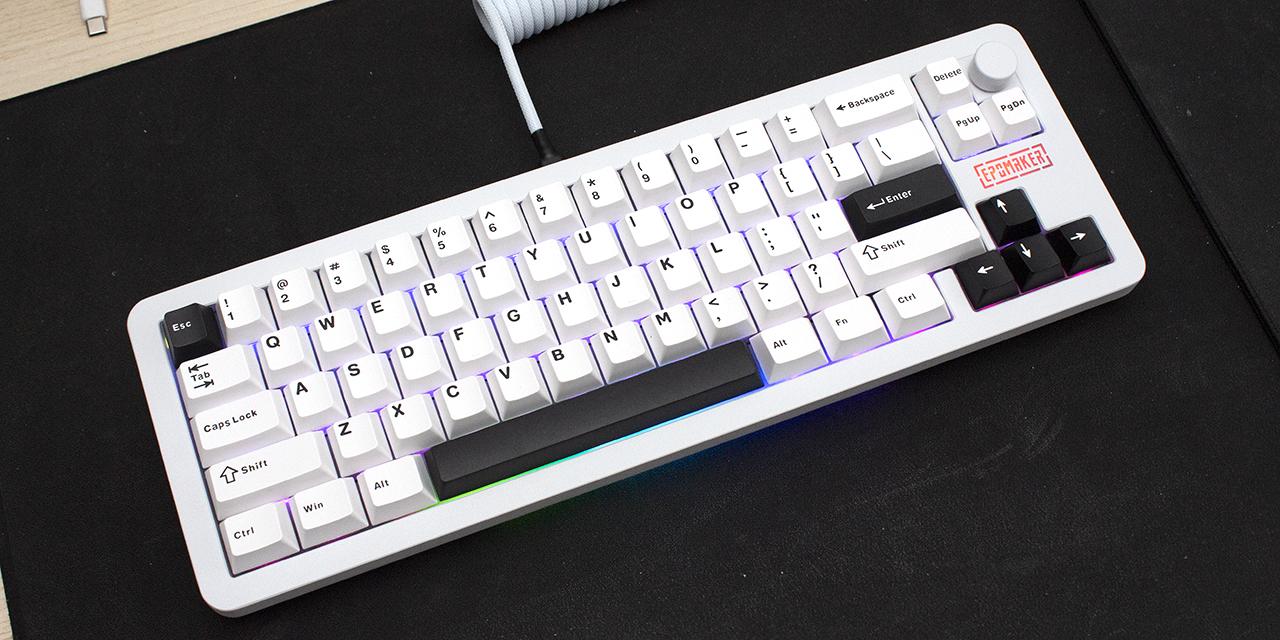|
From X-bit Labs: Nvidia Corp. reportedly plans to release its next-generation desktop graphics card code-named “Titan” sometimes in late February, 2013, and if what is said to be the first benchmark result of the GeForce GTX 780 is correct, then the new product will be a yet another breakthrough by the company. However, if the information is not completely correct, the situation with Nvidia’s next-gen starts to seem to be different. The consumer-oriented graphics cards powered by Nvidia GK110 processor will be code-named Titan after the supercomputer that employs Tesla K20X compute cards based on the same chips. Nvidia’s GK110 chip has 15 SMX clusters with 2880 stream processors, but Tesla K20X compute cards utilize chips with one SMX disabled for redundancy and hence have 2688 active stream processors. According to PConline.com.cn web-site, the GeForce GTX 780 “Titan” graphics card will also feature the chip with 2688 stream processors and 384-bit memory controller as well as 6GB of GDDR5 memory operating at 5.20GHz. Exact specifications of the consumer graphics solutions based on Nvidia’s most powerful GPU ever are not clear at the moment and many industry sources imply that it is pretty hard for Nvidia to make GK110 work at high clock-speeds (Tesla K20X has GK110 running at 732MHz), which should result in performance that is slightly lower compared to dual-chip GeForce GTX 690. Nonetheless, according to a leaked screenshot from 3DMark 2011 software suit for testing graphics cards, an unknown GeForce GTX graphics card, which is claimed to the GTX 780 “Titan”, scores X7107 “extreme” points in the benchmark. In the case, Nvidia GeForce GTX 680 scores around X3200, whereas GeForce GTX hits approximately X5900 – X6000. Since GK110 features a more flexible version of Kepler architecture when it comes to programmability, the GeForce GTX “Titan” 700-series graphics solutions for consumers will probably offer a number of interesting performance optimizations and capabilities. However, even with this in mind it is pretty hard to believe that a chip that does not double the amount of stream processors from GK104/GeForce GTX 680 (1536 SPs) more than double the performance of the predecessor with architectural efficiencies and clock-speed (even if Nvidia has re-spun the GK110 and managed to boost the frequency without reducing the production yield). If this is the case, then the GeForce GTX 780 “Titan” is a colossal breakthrough. View: Article @ Source Site |
 |
First Alleged Performance Result of Nvidia GeForce GTX 780 Titan Leaks to Web
© Since 2005 APH Networks Inc. All trademarks mentioned are the property of their respective owners.





